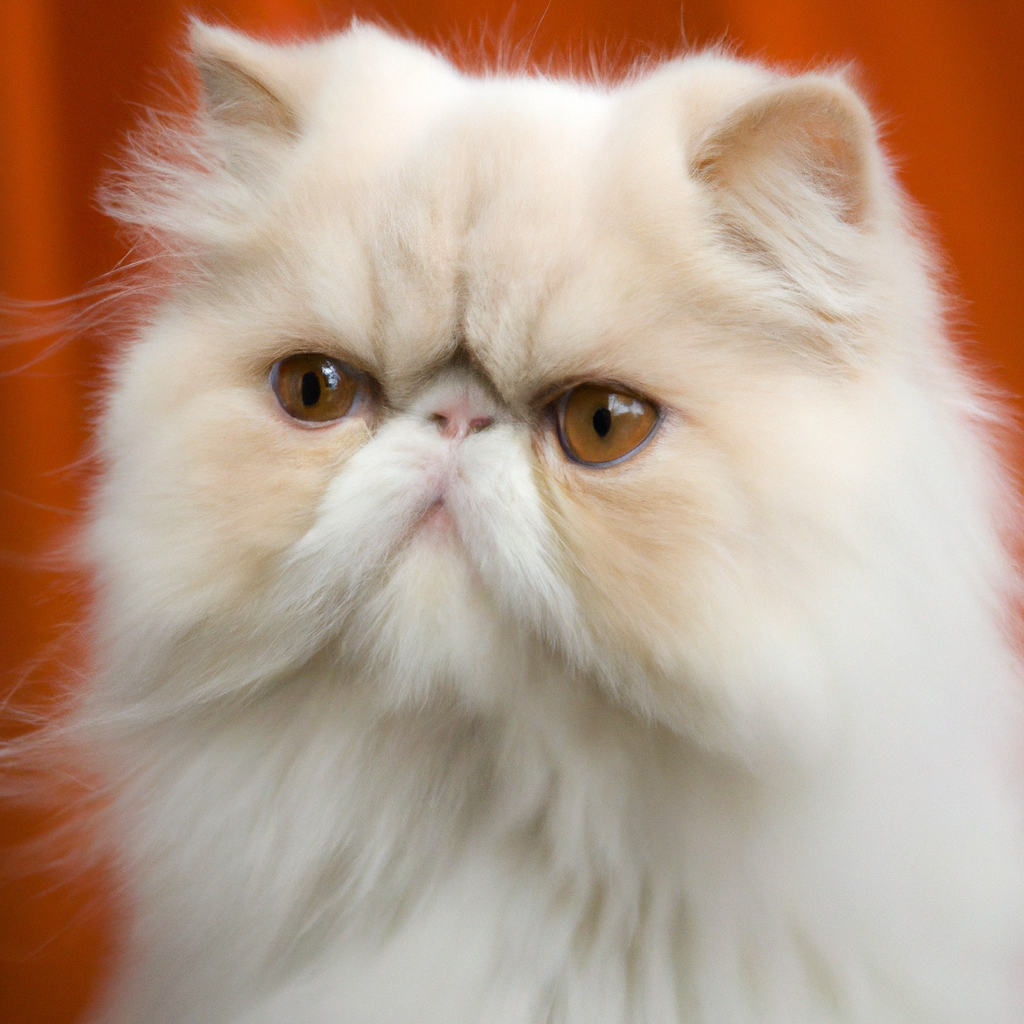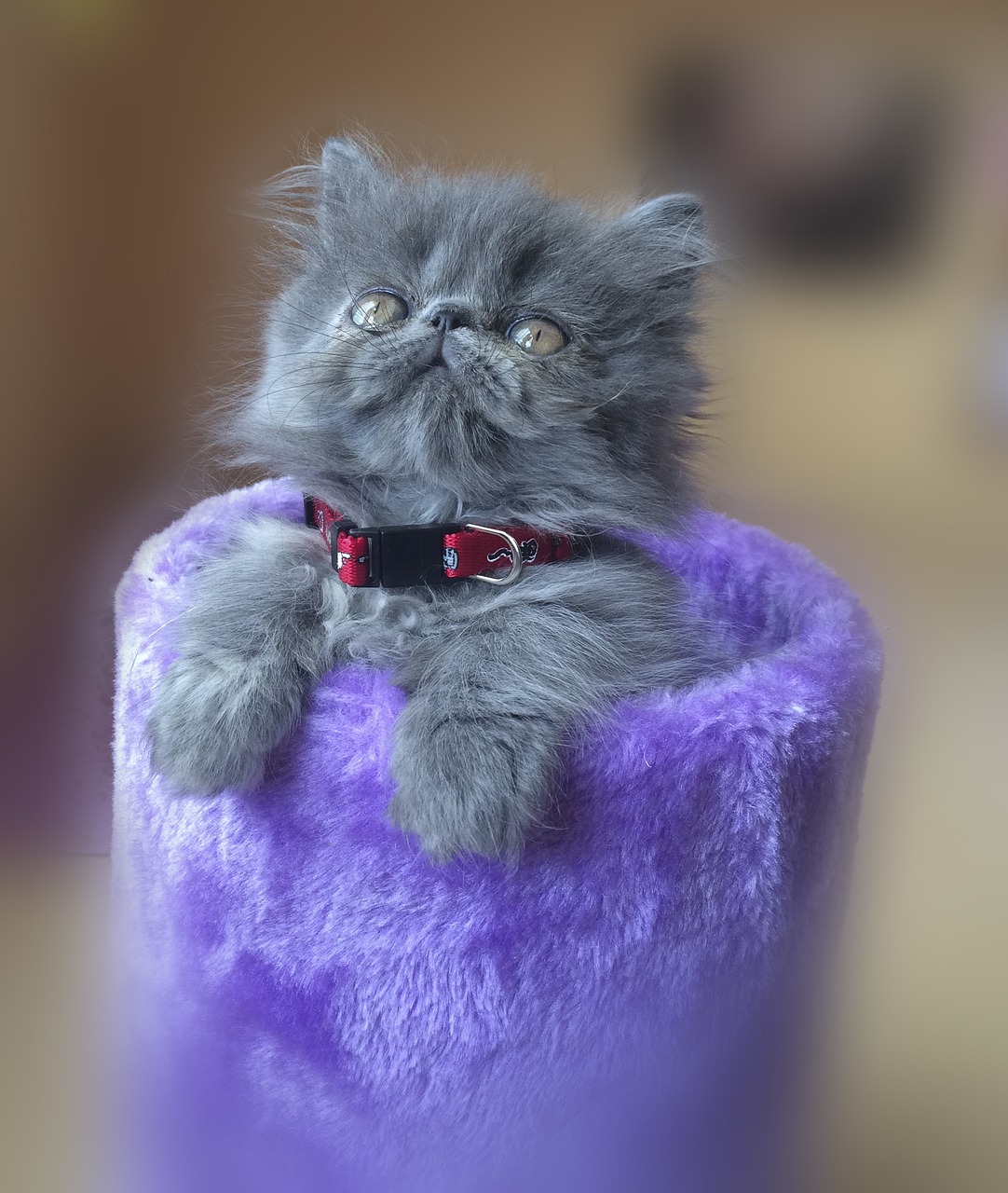If you’re on the lookout for an adorable and elegant feline companion, look no further than the Persian cat. Renowned for their striking looks and plush, luxurious coat, these gentle creatures are a favorite among cat lovers worldwide. In this article, we will delve into the fascinating world of Persian cats, learning about their origins, unique characteristics, and how to provide them with the love and care they deserve. So, get ready to be enchanted by the irresistible charm of the Persian cat breed!
Appearance
Body
The Persian cat is known for its luxurious and elegant appearance. It has a round and sturdy body, with a deep chest and a short, compact neck. Persians have a medium to large-sized body, giving them a regal presence.
Coat
One of the most defining features of the Persian cat is its long, dense, and fluffy coat. The coat is luxurious and comes in a variety of colors and patterns. The fur is so thick that it seems to stand away from the body, adding to its magnificent appearance.
Face
The Persian cat has a unique facial structure, known as brachycephalic, which means it has a short nose and a round head. Its face is adorned with sweet and expressive features, including full cheeks and a short, upturned nose.
Eyes
The Persian cat’s large, round eyes are one of its most captivating features. They are usually orange, blue, or green in color and have a wide set, giving the cat a gentle and soulful expression. The eyes are set slightly lower on the face due to the Persian’s flat nose.
Color
Persian cats come in a wide range of colors and patterns. From solid colors like white, black, cream, and blue to various patterns such as tabby, bicolor, tortoiseshell, and calico, there is a Persian cat to suit every taste. The color of their coat is beautifully enhanced by their dense fur.
Size
Persian cats are medium to large in size. Males tend to be larger than females, weighing between 8 to 12 pounds, while females generally weigh between 7 to 11 pounds. Despite their size, they have a gentle and graceful demeanor.
Personality
Temperament
Persian cats are known for their calm and gentle temperament. They are often described as loving and laid-back, preferring a relaxed and quiet environment. Their serene demeanor makes them excellent companions for those seeking a tranquil and peaceful atmosphere.
Socialization
While Persian cats are generally calm and quiet, they still enjoy the company of their human companions. They are known to be affectionate and form strong bonds with their owners. However, they may need some time to warm up to new people or unfamiliar surroundings.
Intelligence
Persian cats are intelligent creatures, although they may not showcase their smarts in the same way as some other cat breeds. They are more observant and will carefully assess situations before acting. While they may not be as agile or mischievous as some breeds, their intelligence manifests in their calm and thoughtful behavior.
Playfulness
Despite their calm and laid-back nature, Persian cats do have a playful side. They enjoy interactive toys and games that engage their attention without being overly energetic. They appreciate gentle and relaxed play sessions with their human companions.
Lap Cat
The Persian cat is famous for its love of cuddling and being a lap cat. They thrive on human affection and will often seek out the comfort of their owner’s lap. Their gentle and peaceful nature makes them the perfect companion for quiet evenings spent together, providing endless snuggles and purrs.
Vocalization
Persian cats are not known for being excessively vocal. They have a quiet meow, preferring to communicate through gentle purring and body language. However, they may occasionally use their soft voice to catch their owner’s attention or express their needs.
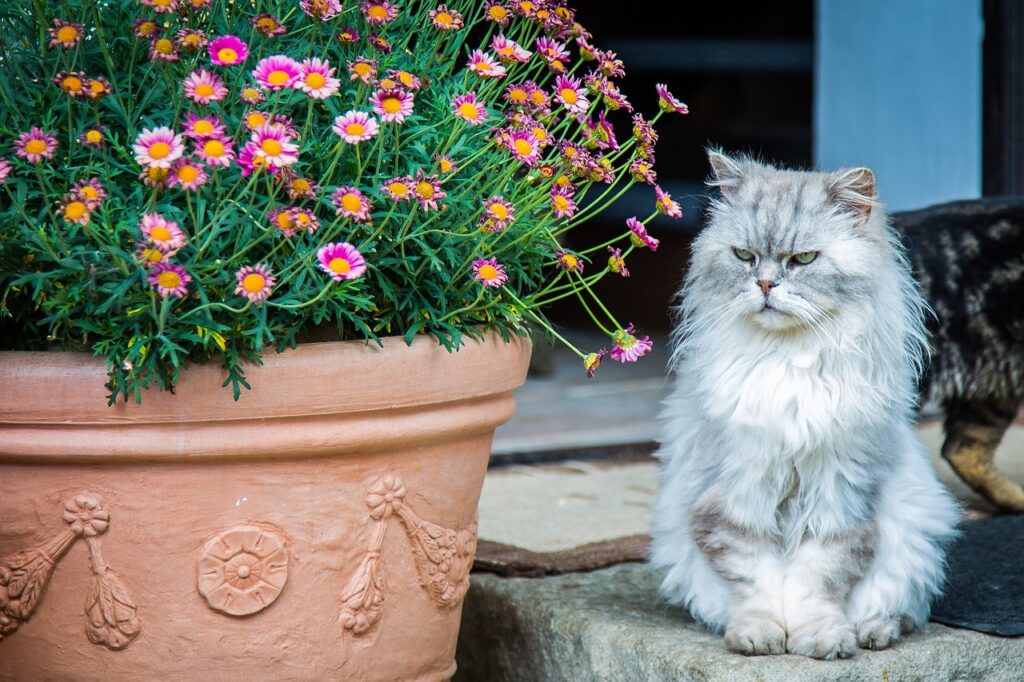
History
Origin
The Persian cat is believed to have originated in Persia (now Iran) in the 17th century. It was highly regarded due to its striking appearance and luxurious coat. Persians were kept as prized pets by nobles and royalty in Persia and gained recognition for their beauty across the world.
Development
Over time, the Persian cat breed was refined through selective breeding to enhance its distinct features and coat. Breeders focused on developing a rounder head shape, shorter nose, and dense fur. This led to the Persian we know today, with its signature look and gentle temperament.
Recognition
The Persian cat breed gained international recognition in the late 1800s and early 1900s. Cat shows and exhibitions showcased their beauty and elegance, further establishing their popularity. They became a highly sought-after breed and were soon recognized by various cat breeding organizations worldwide.
Care
Grooming
Due to their long and luxurious coat, Persian cats require regular grooming to keep their fur healthy and free from matting. Daily brushing is recommended to prevent tangles and matting. Special attention should be given to their armpits, belly, and behind the ears, as these areas are prone to tangling.
Bathing
Persian cats may require occasional baths to keep their coat clean and free from oils and dirt. It is essential to use cat-specific shampoos and warm water. Care should be taken to dry the cat thoroughly after the bath to prevent chilling.
Health
Persian cats are generally healthy, but they can be prone to certain health issues. Regular visits to the veterinarian are crucial to monitor their overall health. Some common health concerns in Persians include polycystic kidney disease, respiratory issues, eye problems, dental problems, and obesity.
Nutrition
A balanced and healthy diet is essential for the well-being of Persian cats. High-quality cat food, whether commercial or homemade, should provide the necessary nutrients for their specific dietary needs. Consultation with a veterinarian can help determine the best diet plan for your Persian cat.
Exercise
Persian cats are not known for their high activity levels, but it is still essential to provide them with regular exercise. Engaging them in interactive play sessions and providing toys that encourage movement can help keep them physically and mentally stimulated. However, it is important to avoid overexertion due to their brachycephalic face structure.
Litter Box Training
Persian cats are known for their cleanliness, and litter box training is usually a straightforward process. Providing a clean and easily accessible litter box in a quiet and private area will encourage them to use it. Consistency and positive reinforcement are key in successfully training your Persian cat.
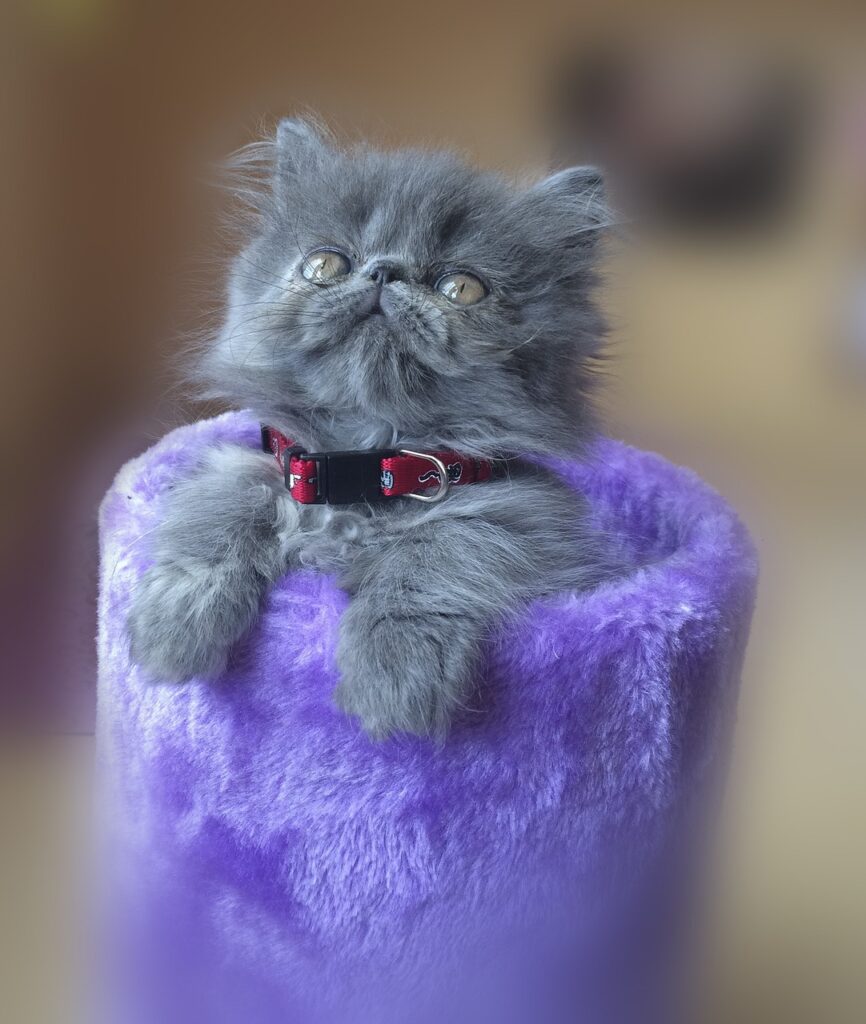
Living Environment
Indoor vs. Outdoor
Due to their luxurious coat and gentle nature, Persian cats are better suited for an indoor lifestyle. Outdoor exposure may pose risks such as sunburn, injury, disease transmission, or theft. A safe and enriching indoor environment with plenty of vertical spaces, scratching posts, and toys will keep your Persian cat happy and stimulated.
Home Suitability
Persian cats are adaptable and can thrive in various home environments. They are well suited for apartment living, as their calm nature makes them adaptable to smaller spaces. A quiet and peaceful environment is ideal for Persian cats, as they can be sensitive to loud noises or excessive activity.
Compatibility with Other Pets
Persian cats have a tolerant and peaceful nature, making them generally compatible with other pets. Proper introduction and gradual socialization are essential when bringing a new pet into the household. Supervised interactions and providing separate spaces for each pet will help create a harmonious environment.
Children-Friendly
Persian cats can be a great addition to a family with children. Their gentle and patient nature makes them suitable companions for kids. However, it is important to teach children how to handle cats properly, ensuring they understand the need for gentle interactions and respect the cat’s personal space.
Adaptability to Change
Persian cats can be sensitive to change and may take some time to adjust to new surroundings or routines. Gradual introductions and a calm approach to changes will help them adapt more easily. Providing a stable and predictable environment will help minimize stress for your Persian cat.
Breeding and Reproduction
Breeding Standards
Persian cats are bred according to specific standards to maintain their distinctive appearance and characteristics. Breeders carefully select cats with desirable traits, such as a round head, short nose, and dense coat, to produce healthy and true-to-type kittens.
Reproduction Cycle
The reproduction cycle of a Persian cat follows the typical pattern of other feline breeds. Females reach sexual maturity around six to nine months of age, and males around nine to twelve months. Estrus, or heat period, occurs approximately every two to three weeks, and successful mating can result in pregnancy.
Pregnancy and Birth
The gestation period for Persian cats is around 63 to 65 days. During pregnancy, expectant mothers may require additional nutritional needs and a quiet and comfortable environment. Birthing typically occurs without complications, but it is important to provide a safe and warm space for the mother and her kittens.
Kitten Care
Persian kittens require special care and attention during their early weeks of life. They are born with their eyes closed and are entirely dependent on their mother for nourishment. Proper nutrition, regular veterinary check-ups, and a safe and stimulating environment are essential for their healthy development.
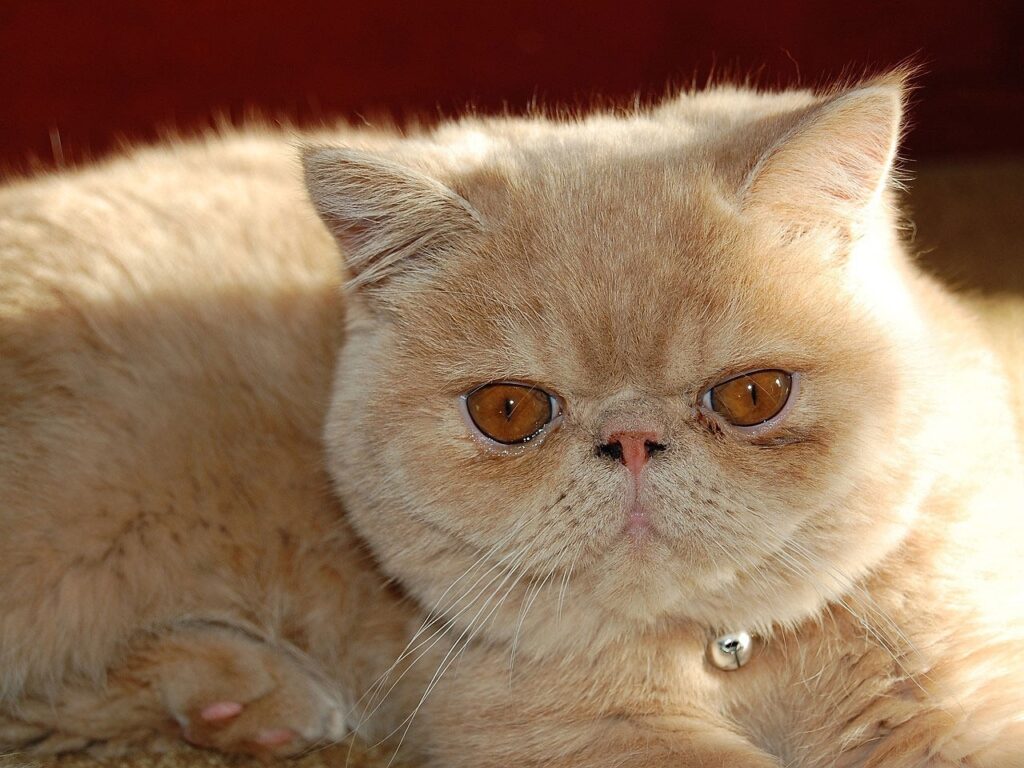
Common Health Issues
Polycystic Kidney Disease
Polycystic kidney disease (PKD) is a genetic condition that affects Persian cats. It causes the growth of cysts in the kidneys and may lead to kidney failure if left untreated. Responsible breeders conduct genetic testing to prevent the transmission of PKD, and regular veterinary check-ups can help monitor and manage the condition.
Respiratory Issues
Due to their brachycephalic face structure, Persian cats are prone to respiratory issues. They may experience difficulty breathing, snoring, or excessive snorting. It is important to keep their airways clear of obstructions and to monitor their breathing closely, seeking veterinary advice if any concerns arise.
Eye Problems
Persian cats are known for their beautiful eyes, but they are also susceptible to certain eye problems. Conditions such as cherry eye, entropion, and tear duct issues may occur. Regular eye cleaning and veterinary check-ups can help detect and manage any eye-related concerns.
Dental Problems
The Persian cat’s short face structure can contribute to dental problems. Their teeth may become overcrowded or misaligned, leading to plaque buildup, gum disease, or tooth decay. Regular dental care, including brushing and professional cleanings, can help maintain their oral health.
Obesity
Persian cats are prone to obesity if not provided with a balanced diet and regular exercise. Their calm nature and tendency to be sedentary can contribute to weight gain. Monitoring their food intake and engaging them in gentle play sessions will help prevent obesity and maintain their overall health.
Training
Basic Commands
Persian cats can be trained to respond to basic commands, although they may not be as eager to please as some other breeds. Simple commands like “sit,” “stay,” and “come” can be taught through positive reinforcement and reward-based training methods. Patience and consistency are key when training a Persian cat.
Litter Box Training
Litter box training is usually a smooth process with Persian cats, thanks to their cleanliness instincts. Providing a suitable litter box with a preferred type of litter and regularly cleaning it will encourage them to use it consistently. In case of any accidents, it is important to clean the area thoroughly to prevent repeat incidents.
Scratching Post Training
Persian cats may require training to use a scratching post instead of household furniture. Offering a variety of scratching surfaces and rewarding them for using the post can help redirect their natural instinct to scratch. Positive reinforcement and consistency are important in teaching them the desired behavior.
Socialization Training
Socialization training ensures that Persian cats are comfortable and well-adjusted in various social settings. Exposing them to different sounds, sights, people, and animals from a young age will help them become confident and adaptable. Feeding them treats and offering praise during socialization experiences can reinforce positive associations.
Behavioral Training
Persian cats are generally well-behaved, but occasional behavioral issues may arise. Training methods such as positive reinforcement, redirection, and behavior modification techniques can be used to address any unwanted behaviors. Seeking advice from a professional trainer or animal behaviorist can provide further guidance and support.
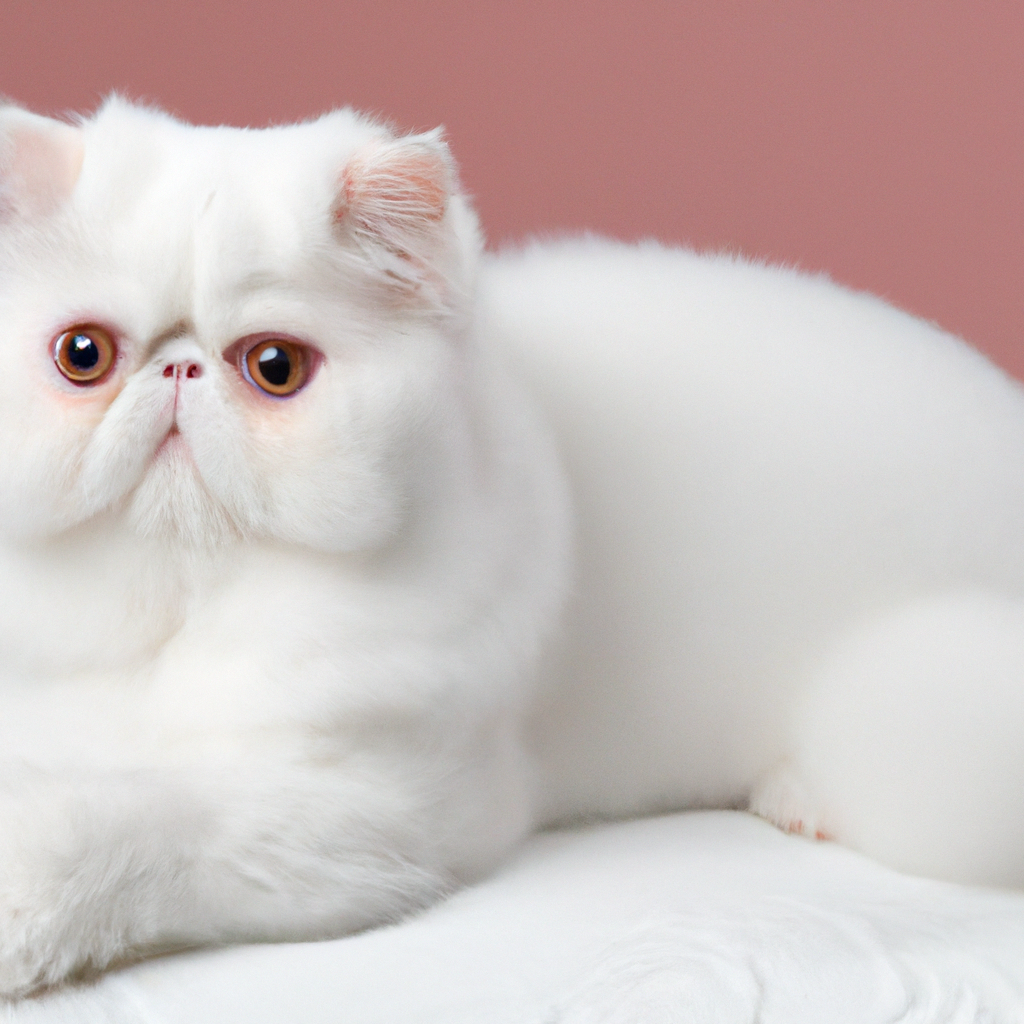
Famous Persian Cats
Choupette
Choupette is a famous Persian cat known for her luxurious lifestyle with fashion designer Karl Lagerfeld. She has her own Instagram account, showcasing her fabulous adventures and designer accessories. Choupette’s extravagant lifestyle has captured the hearts of cat lovers around the world.
Mr. Bigglesworth
Mr. Bigglesworth is a fictional Persian cat who gained fame in the Austin Powers movie series. Known for his hairless appearance, he became a memorable character, adding a touch of humor to the films.
Snowball III
Snowball III is a beloved Persian cat owned by The Simpsons family. As a recurring character in the TV show, Snowball III brings charm and laughter to viewers with her sassy and independent nature.
Hello Kitty
Hello Kitty, although not a real Persian cat, has become an iconic figure and symbol of cuteness around the world. With her round face and bow, she represents the adorable and gentle nature commonly associated with the Persian breed.
Lil Bub
Lil Bub, a celebrity Persian cat with a unique appearance, captured the hearts of millions with her distinct features, including a short jaw and a perpetually protruding tongue. Despite her physical abnormalities, she brought joy and inspiration to her fans.
Popularity and Breed Recognition
Persian Cat in Pop Culture
Persian cats have been widely featured in pop culture, books, movies, and art throughout history. Their regal appearance and gentle nature make them a popular choice for portraying elegance and sophistication.
Breed Recognition
The Persian cat breed is recognized by various cat breeding organizations worldwide, such as The International Cat Association (TICA) and the Cat Fanciers’ Association (CFA). These organizations have established breed standards and guidelines to ensure the preservation of the Persian breed’s unique characteristics.
Persian Cat in Competitions
Persian cats are often showcased in cat shows and competitions, where their beauty and elegance are judged. Competitions allow breeders and owners to compare their cats against other top-notch Persians, celebrating the breed’s traits and maintaining breed standards.
